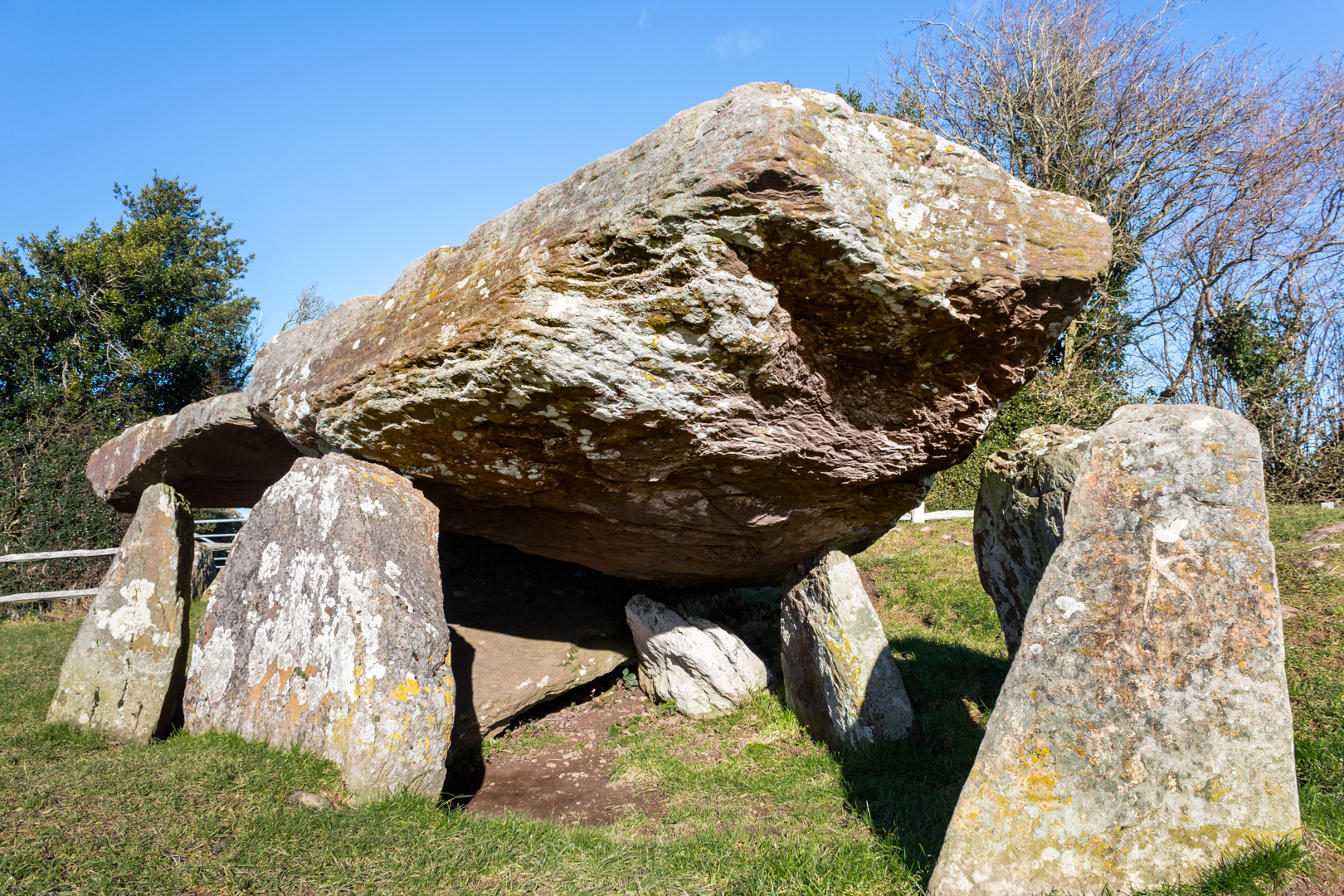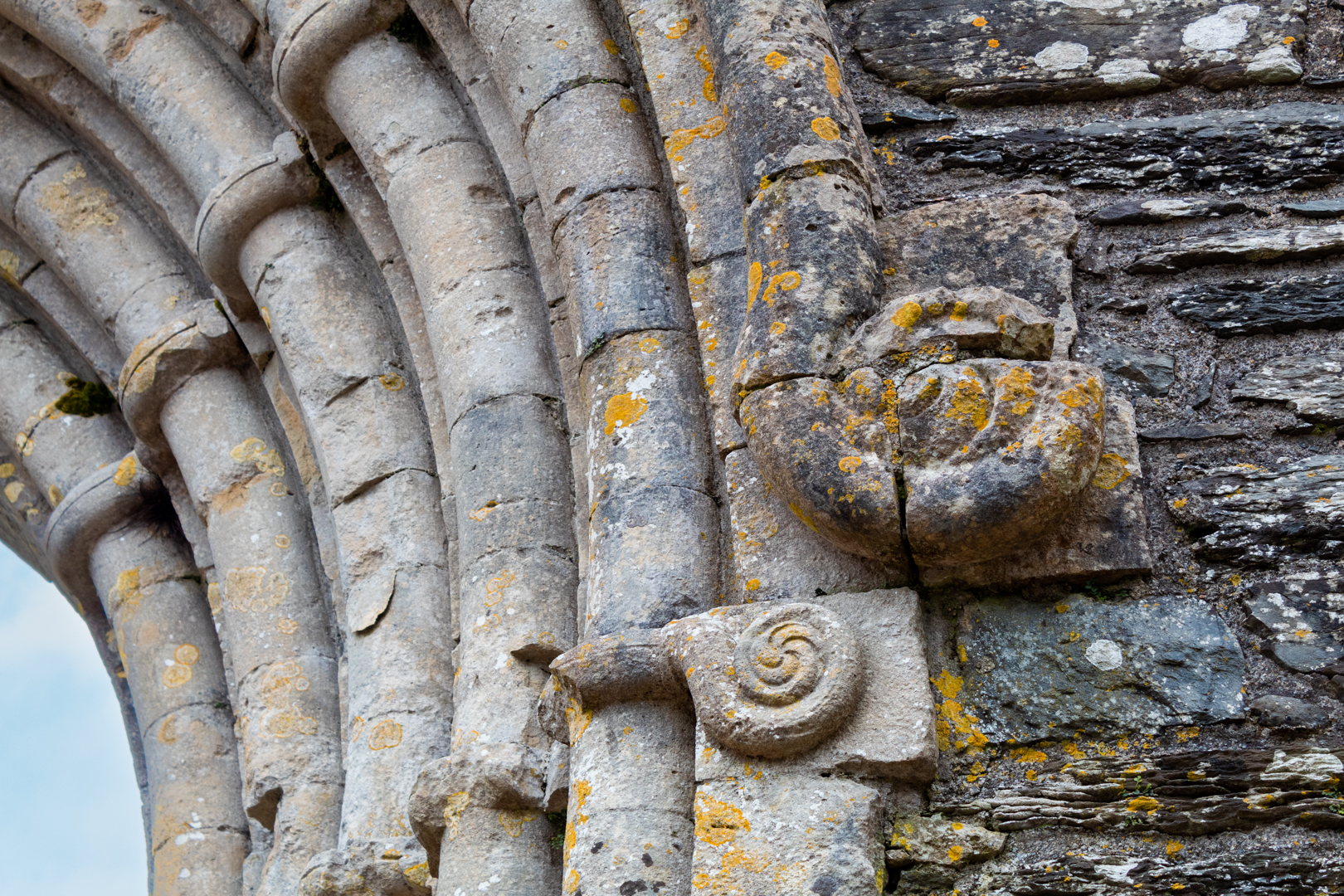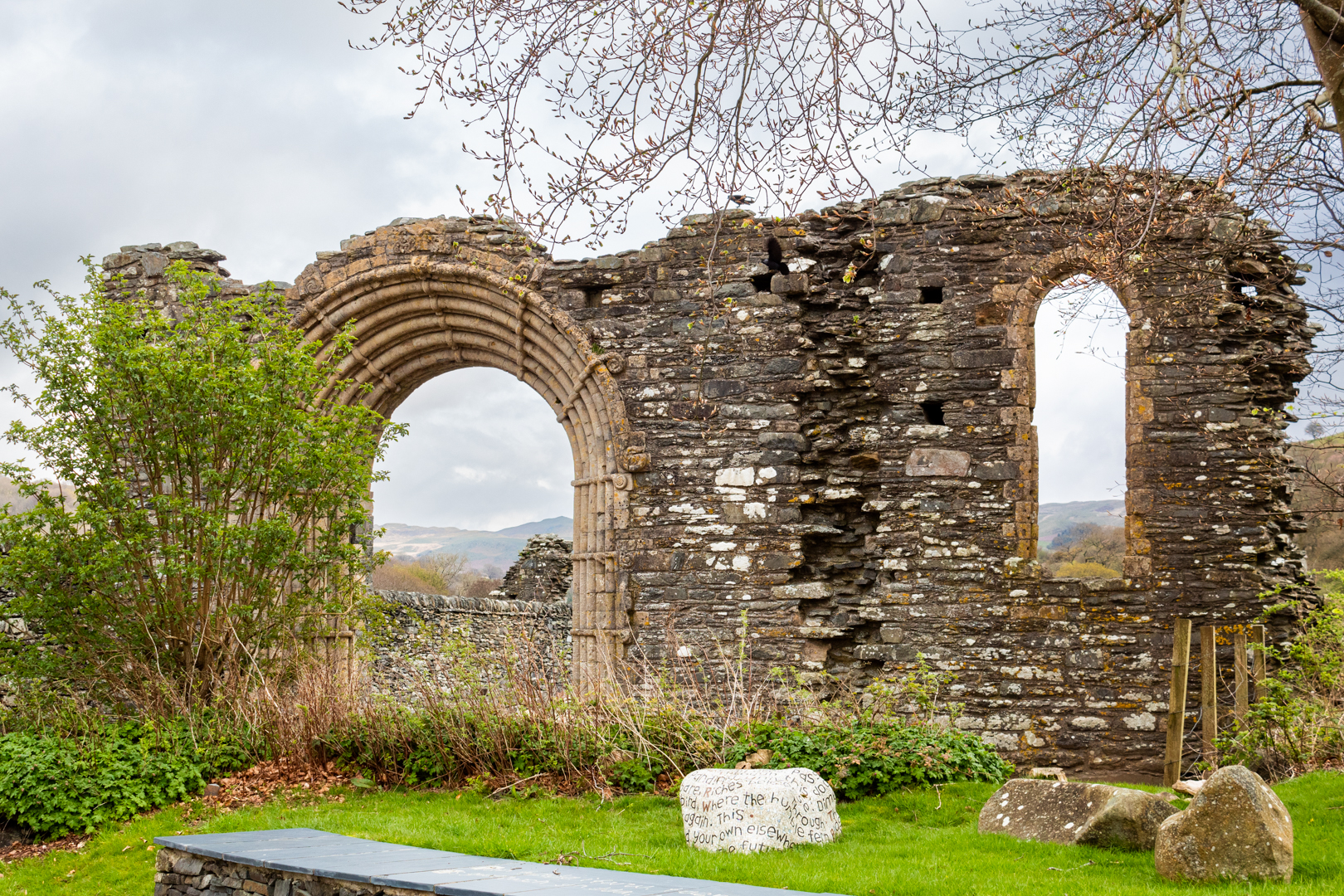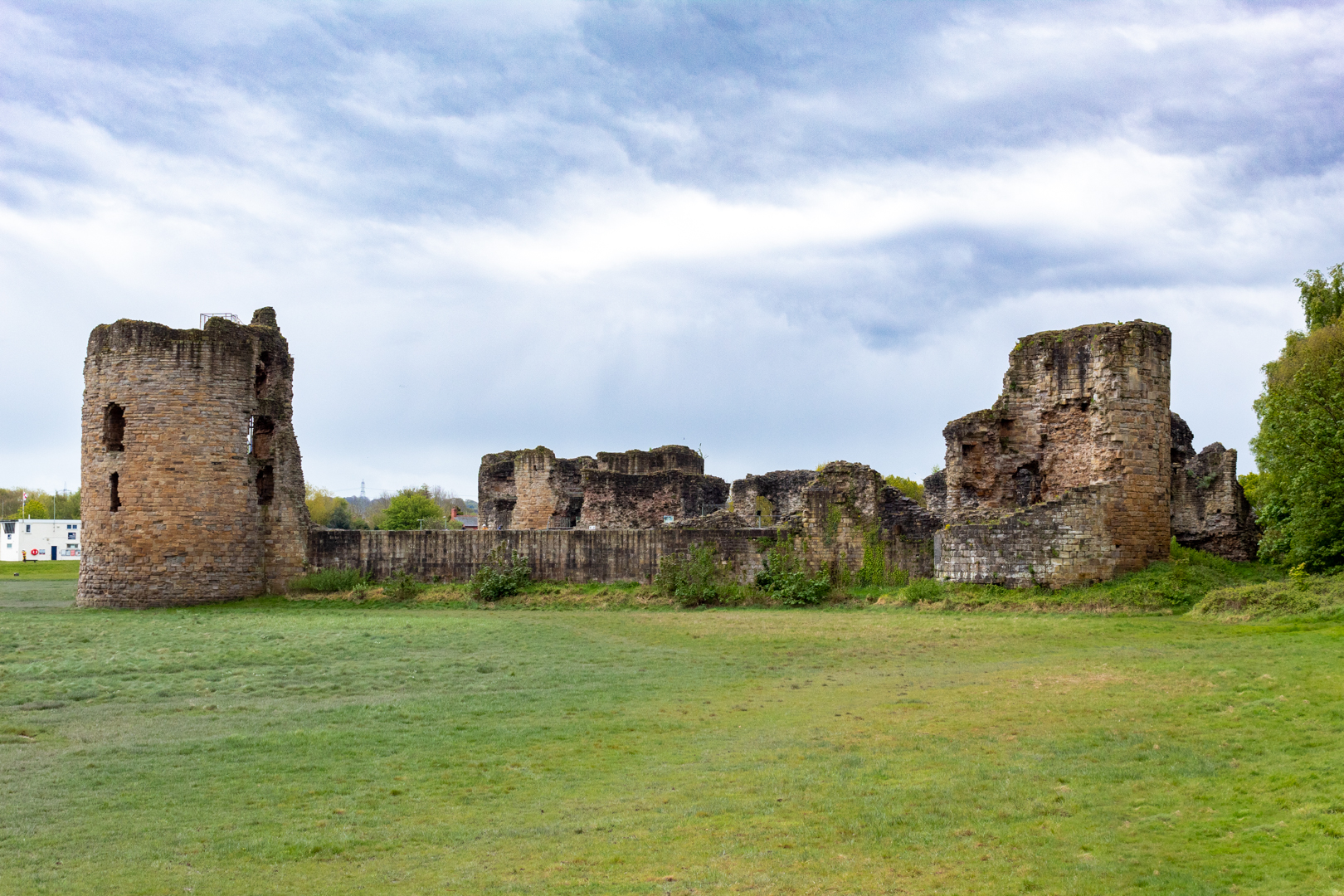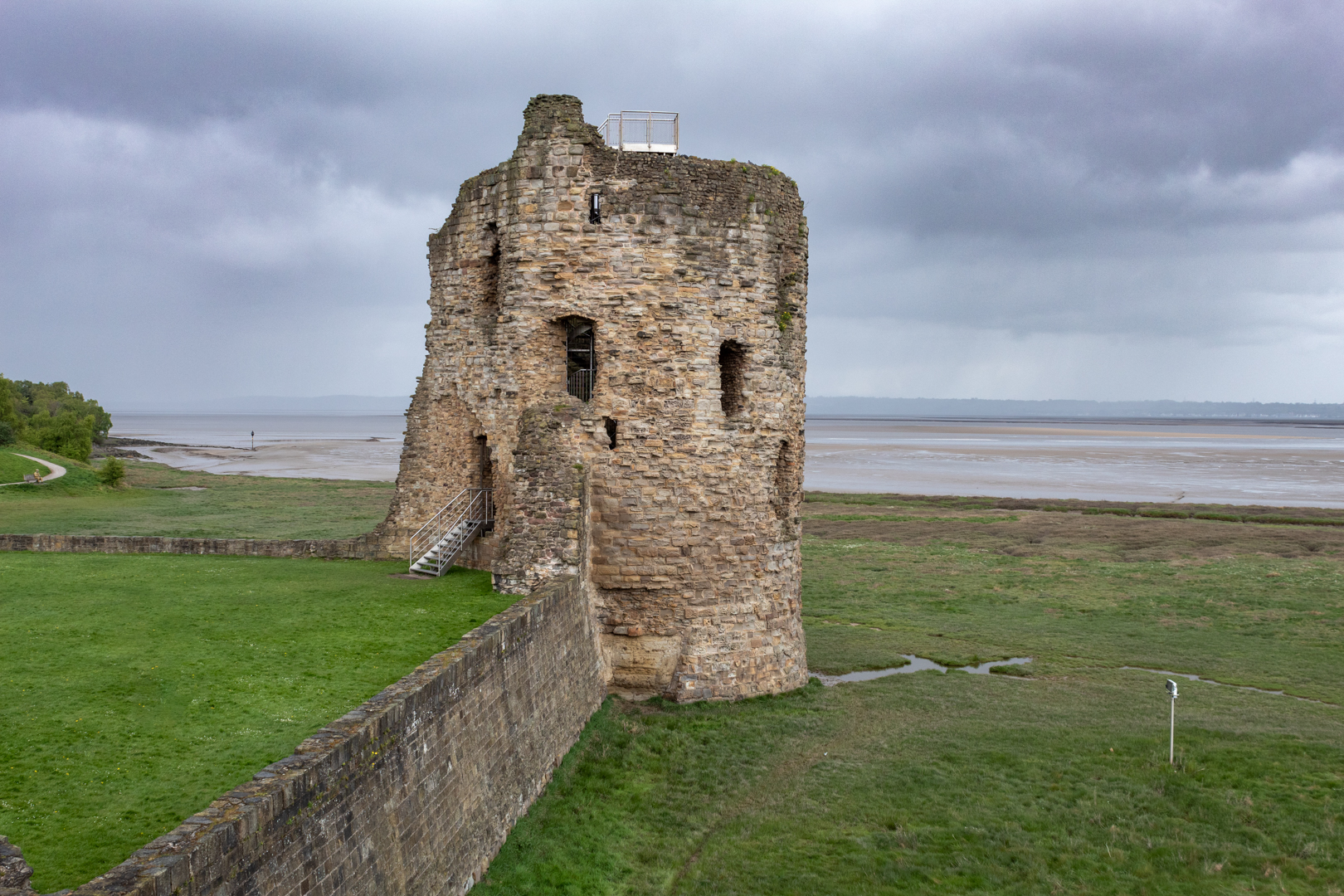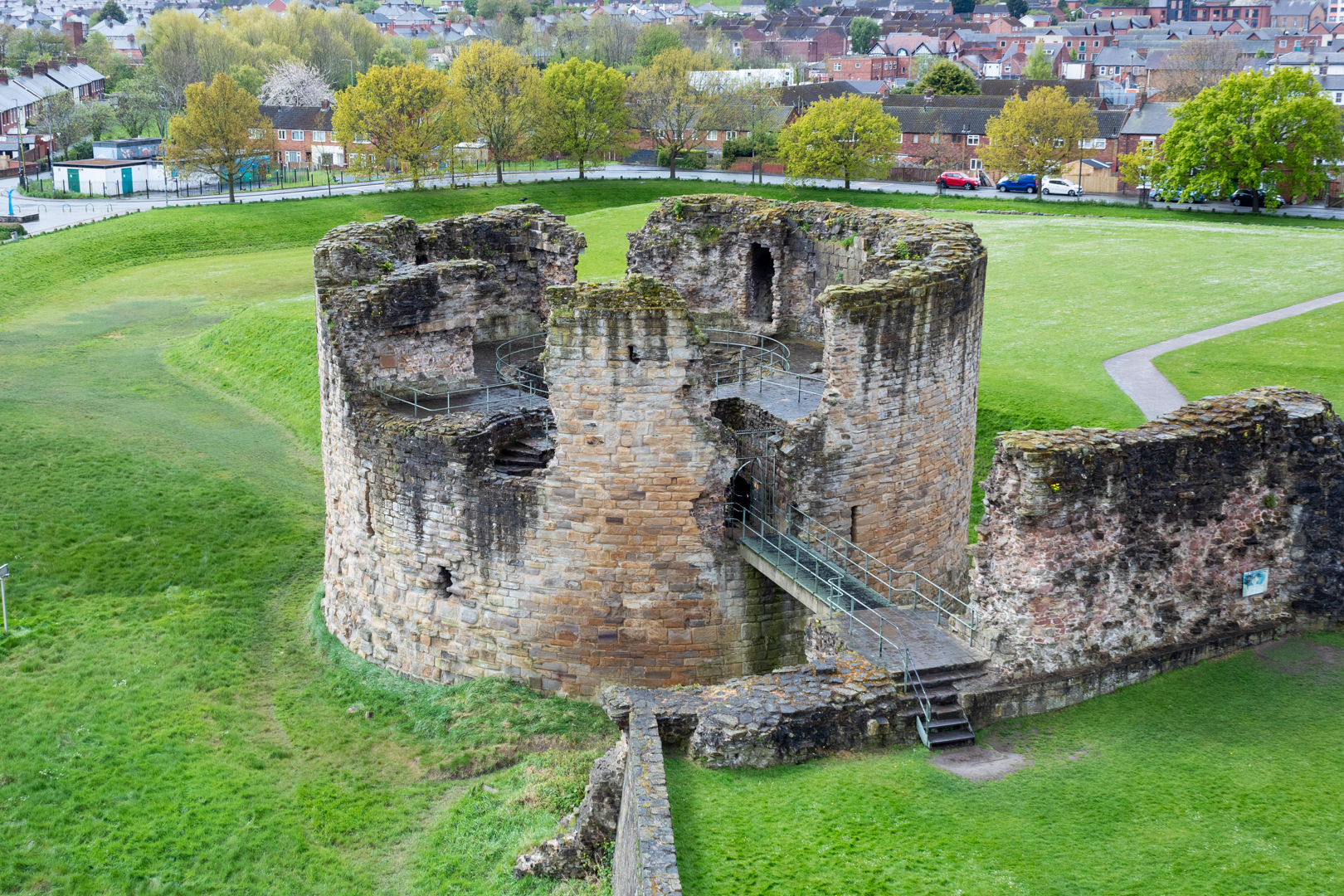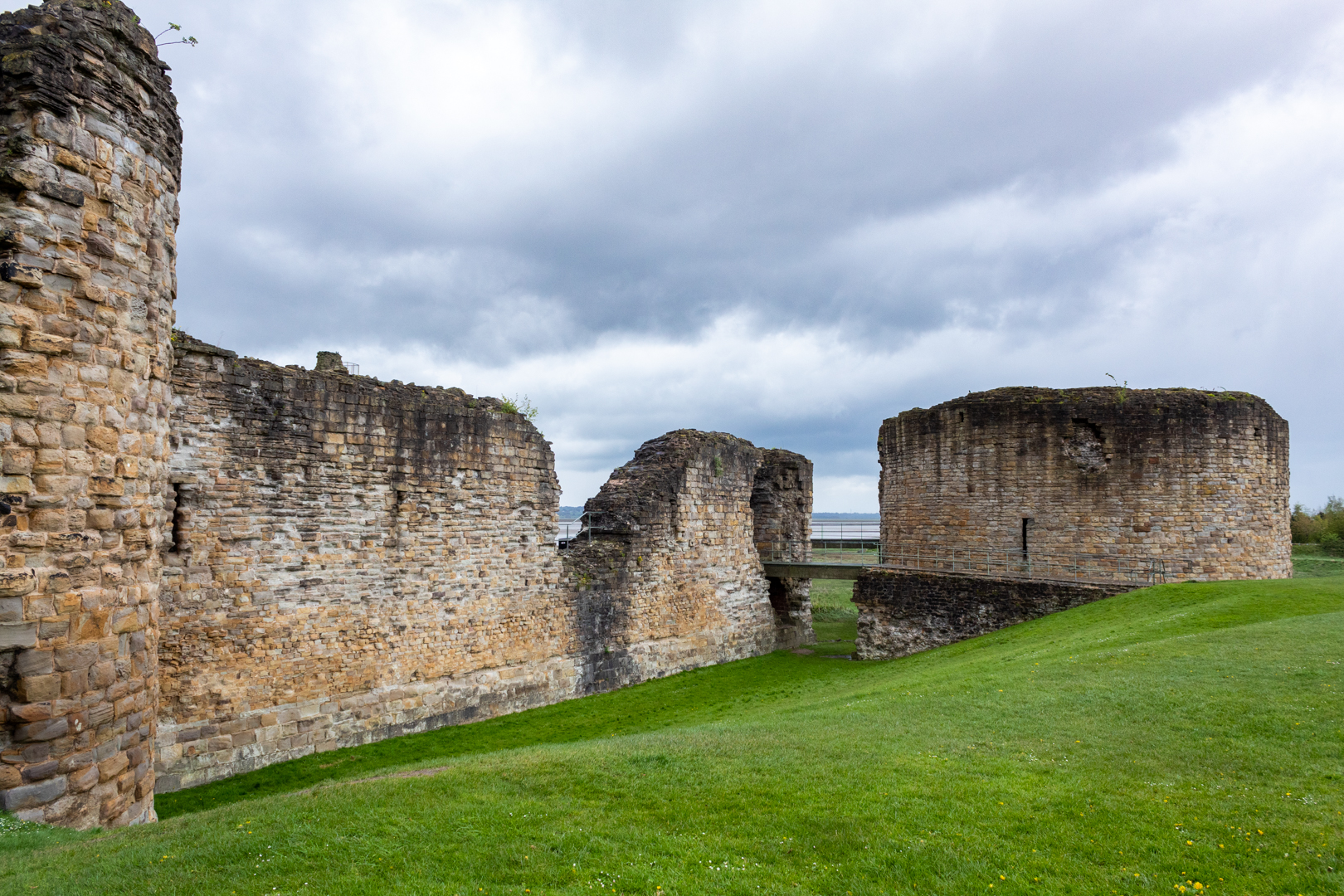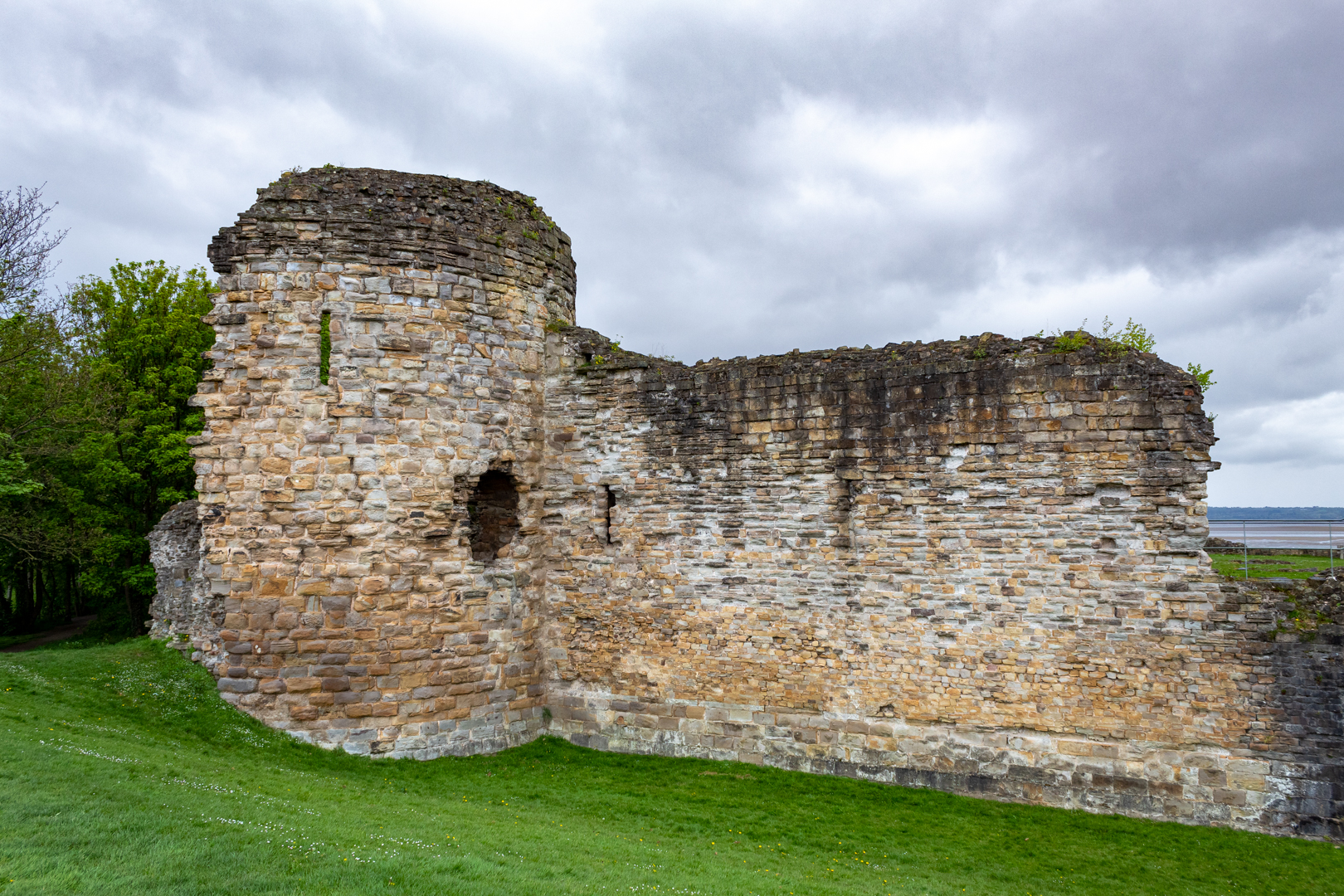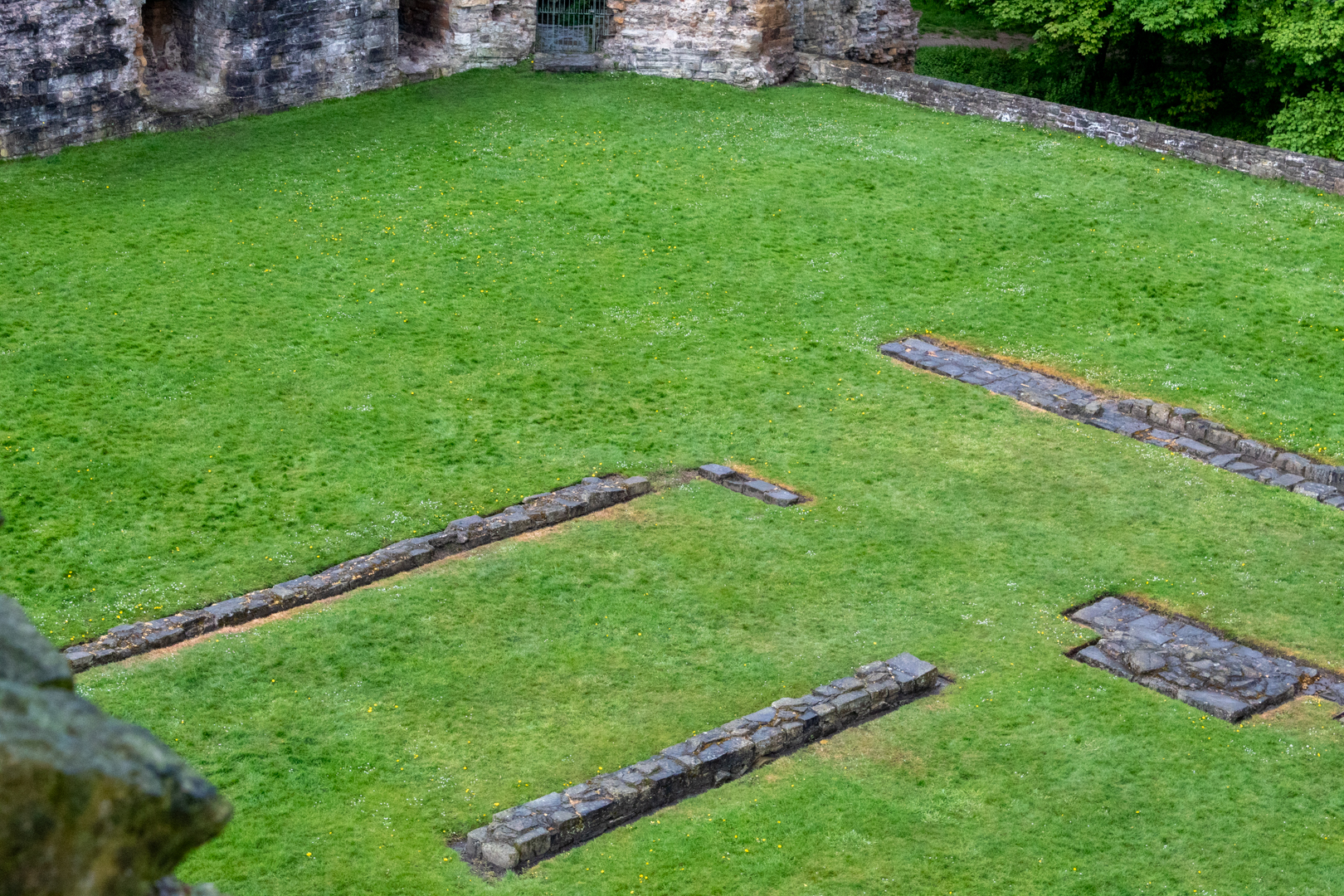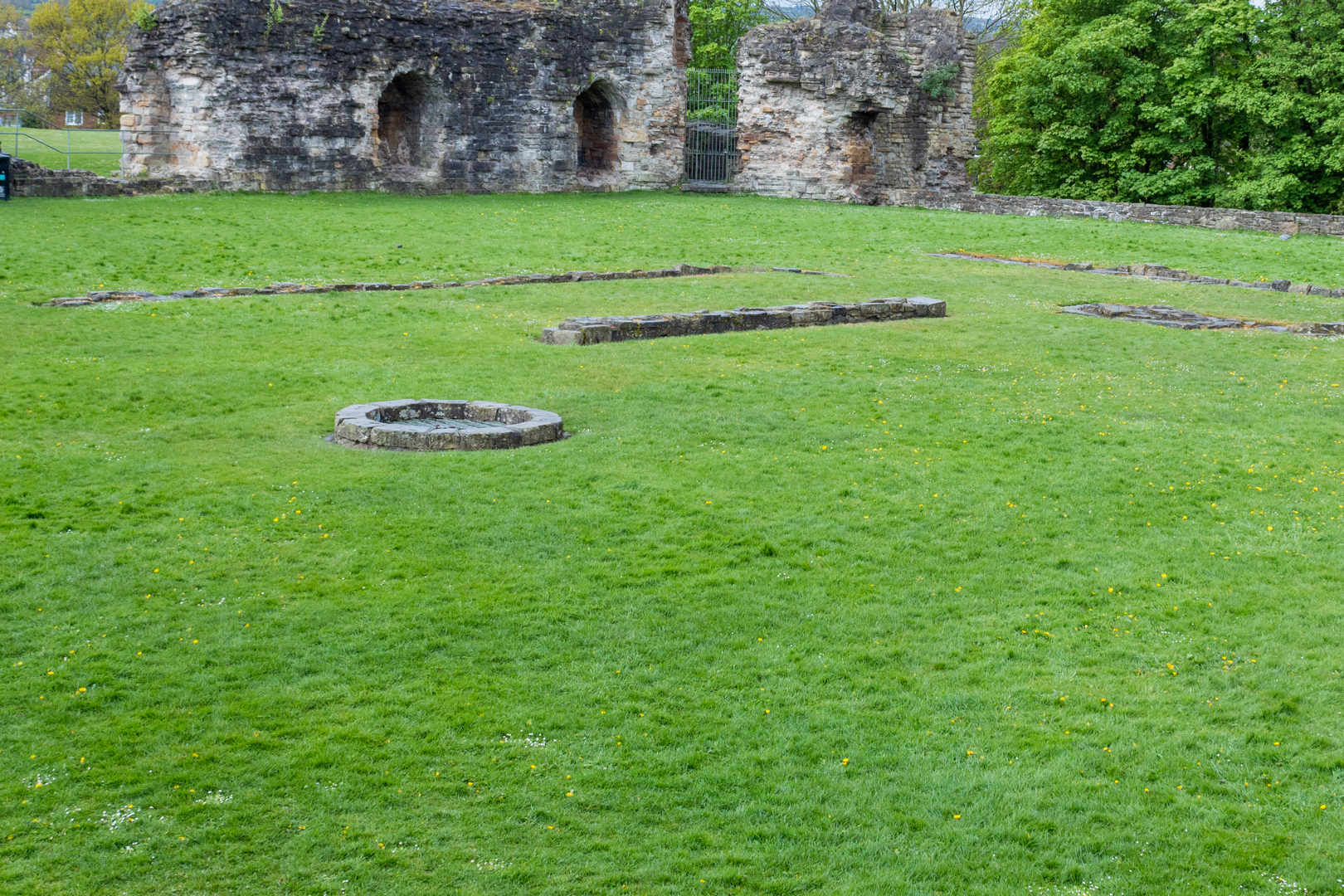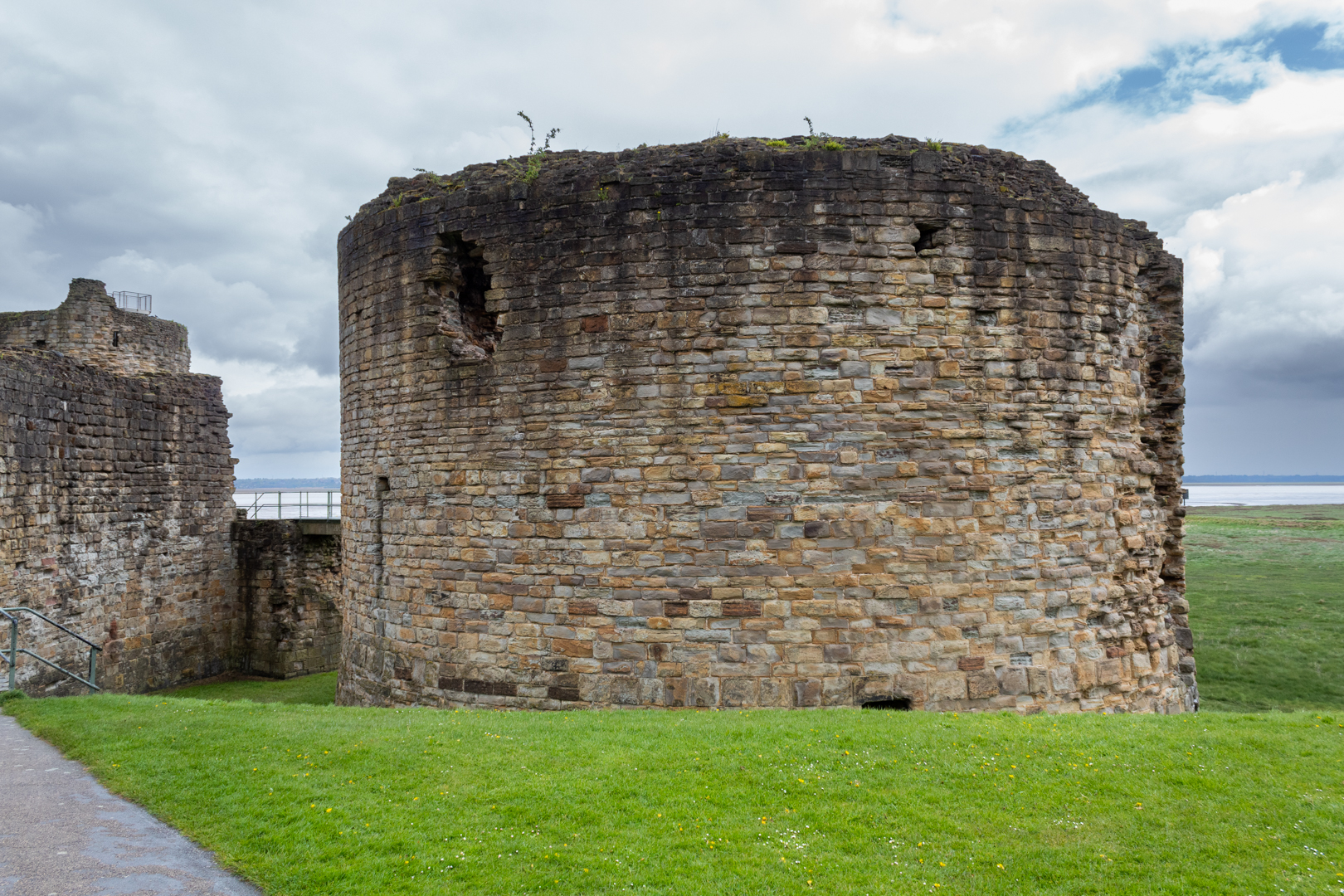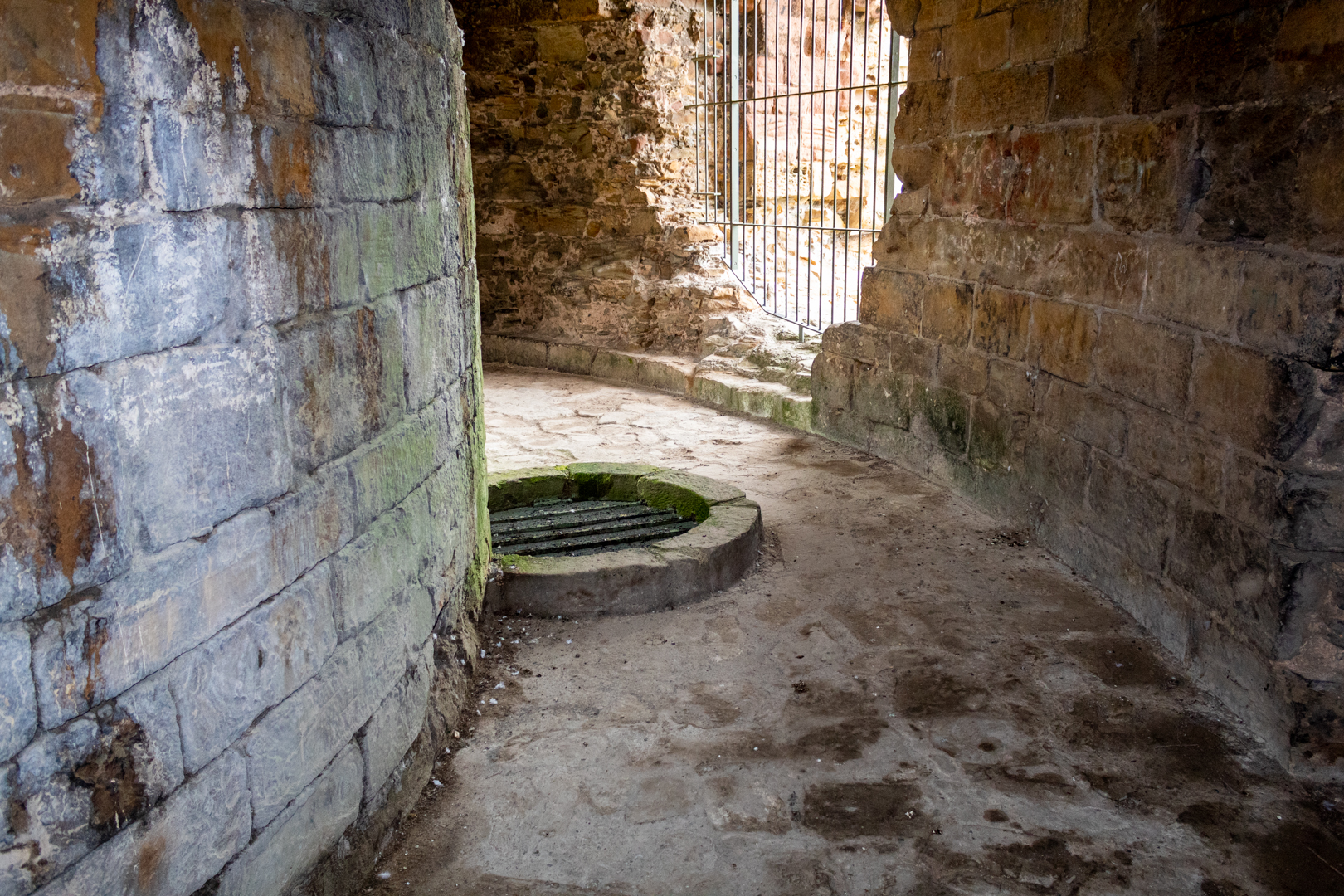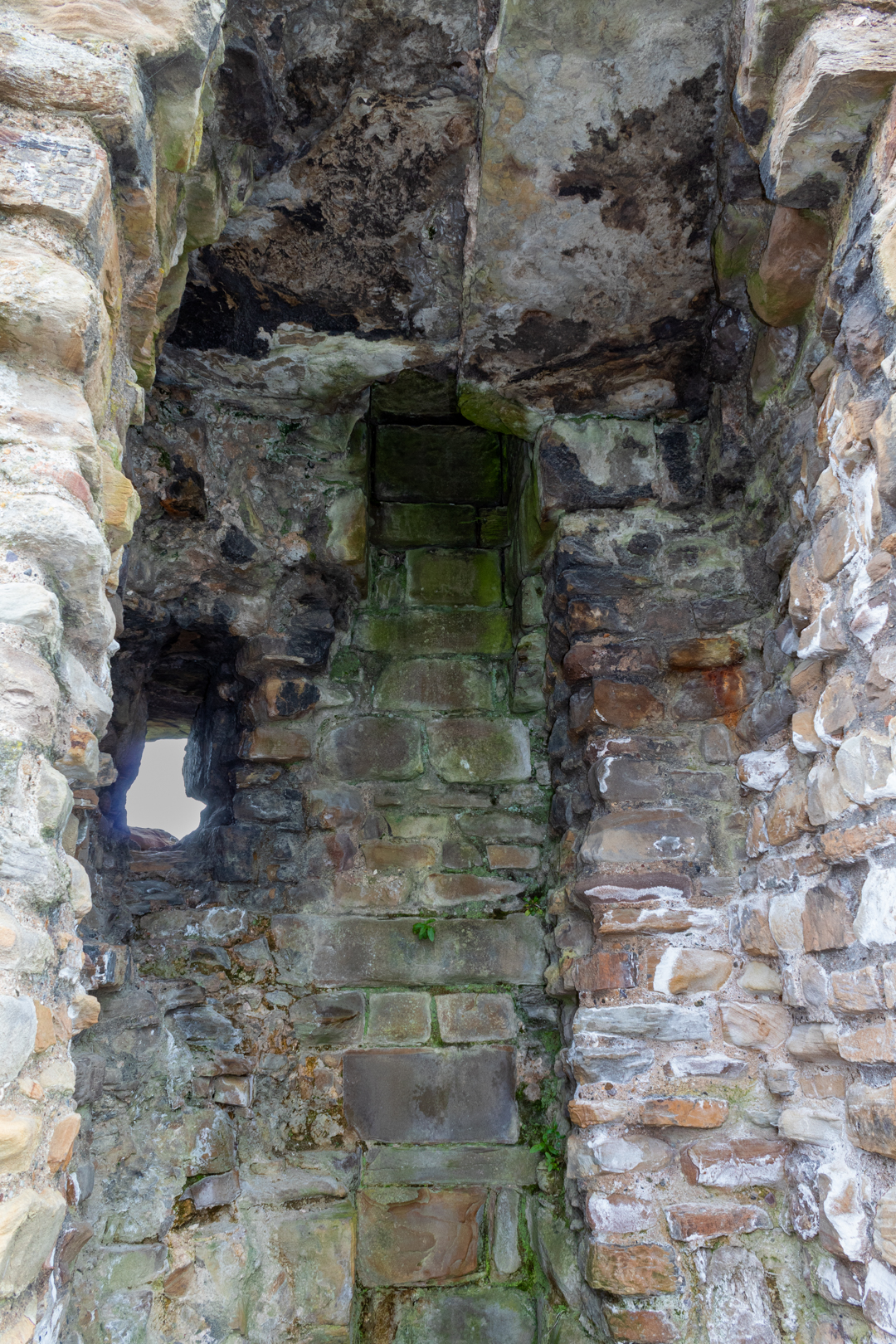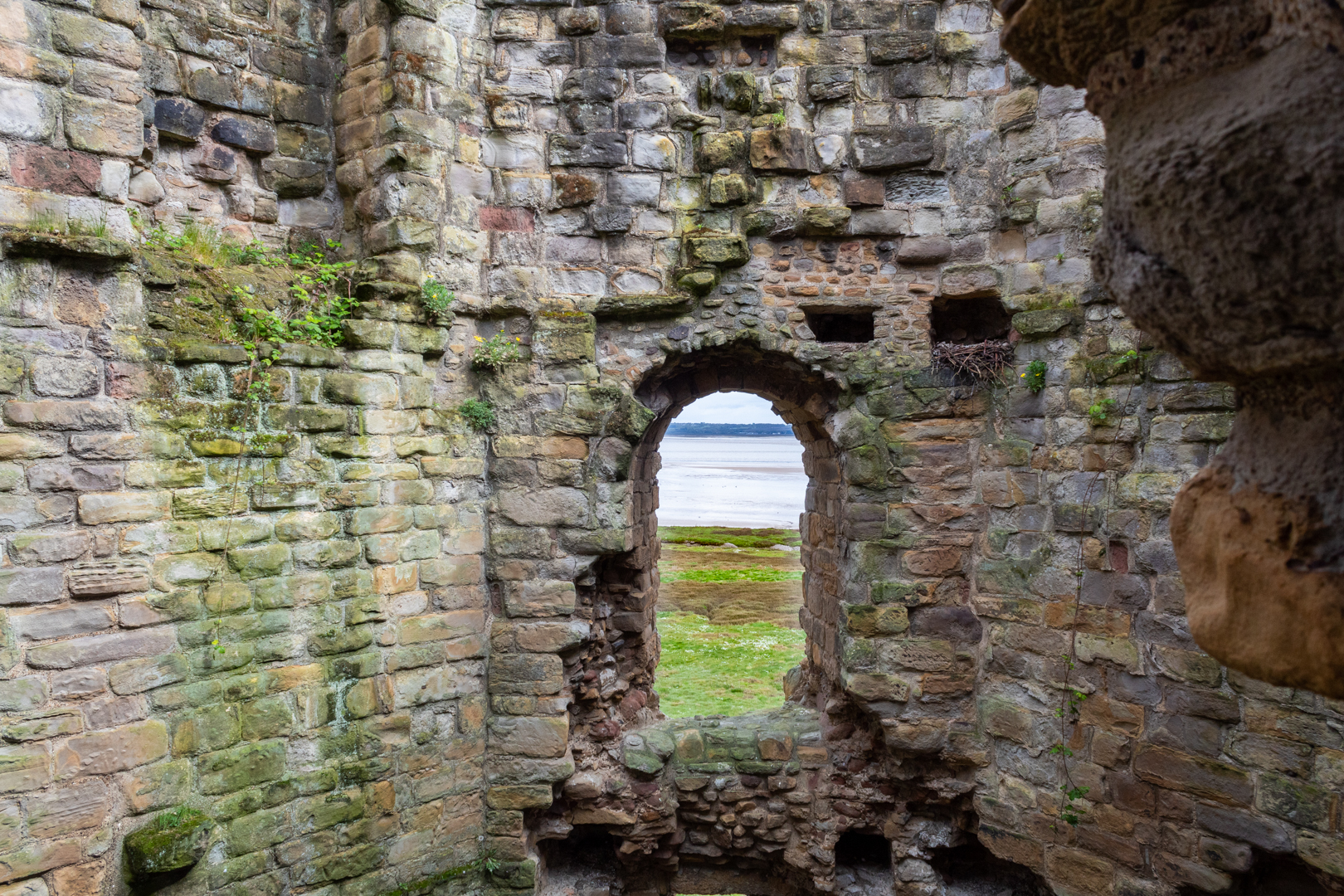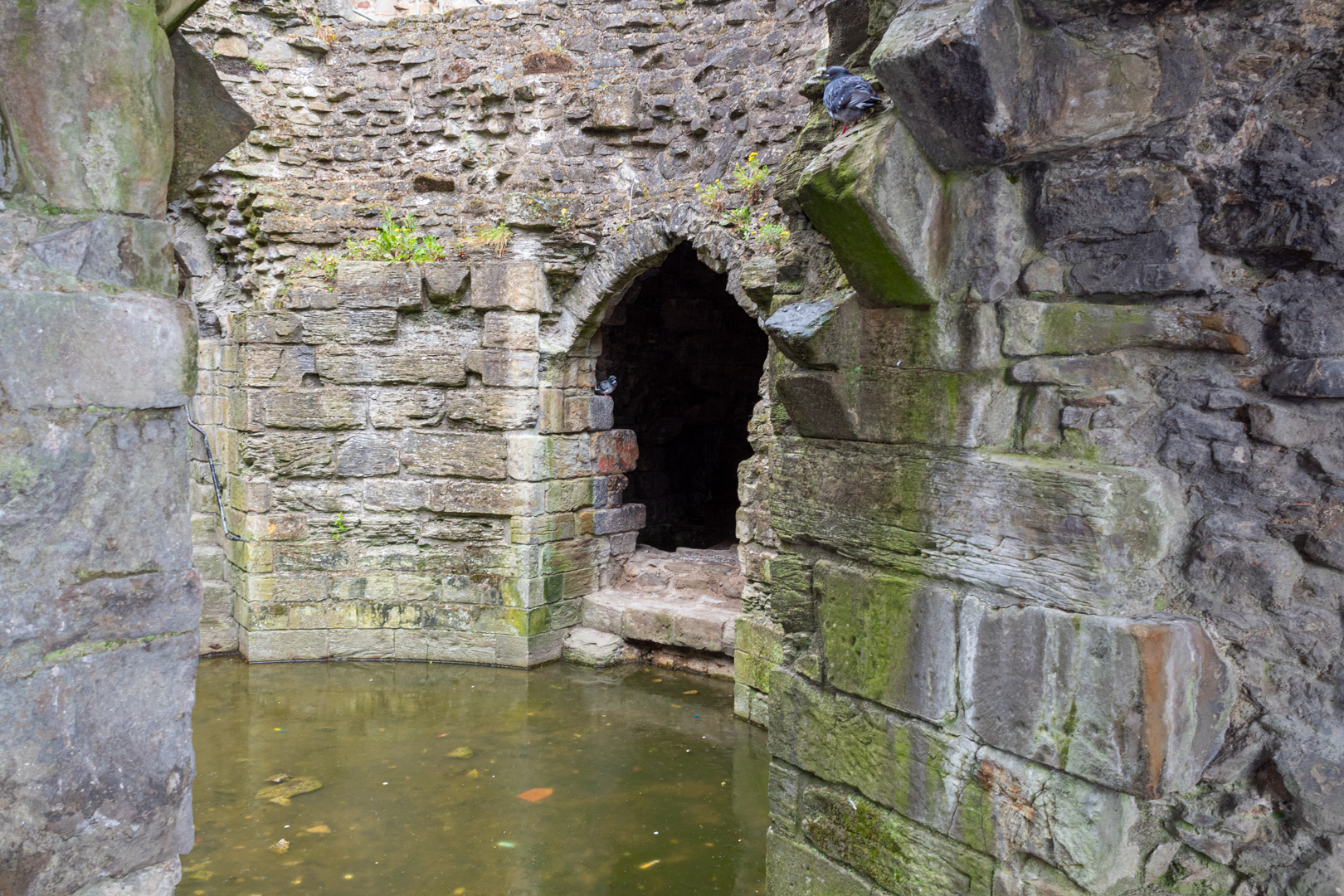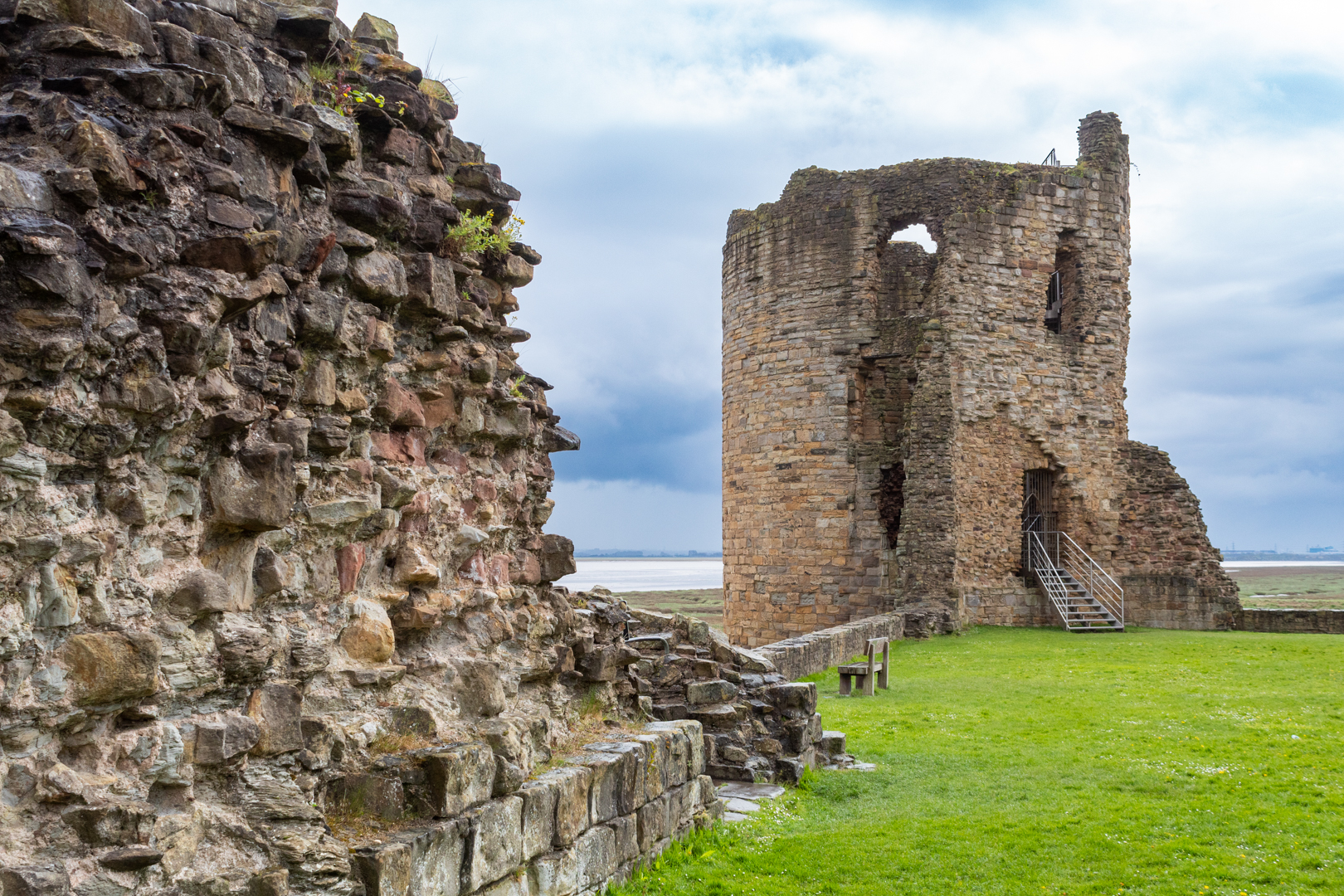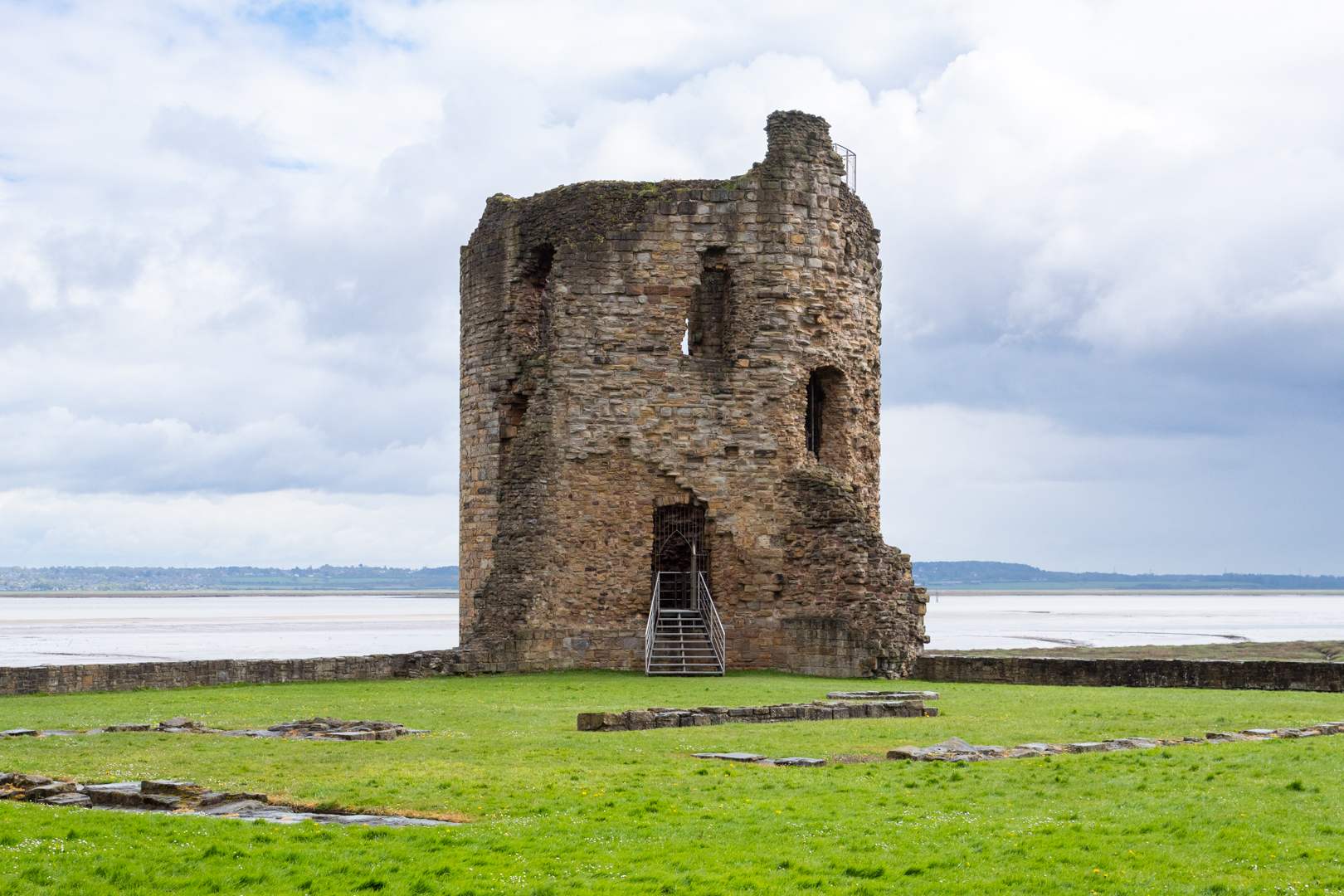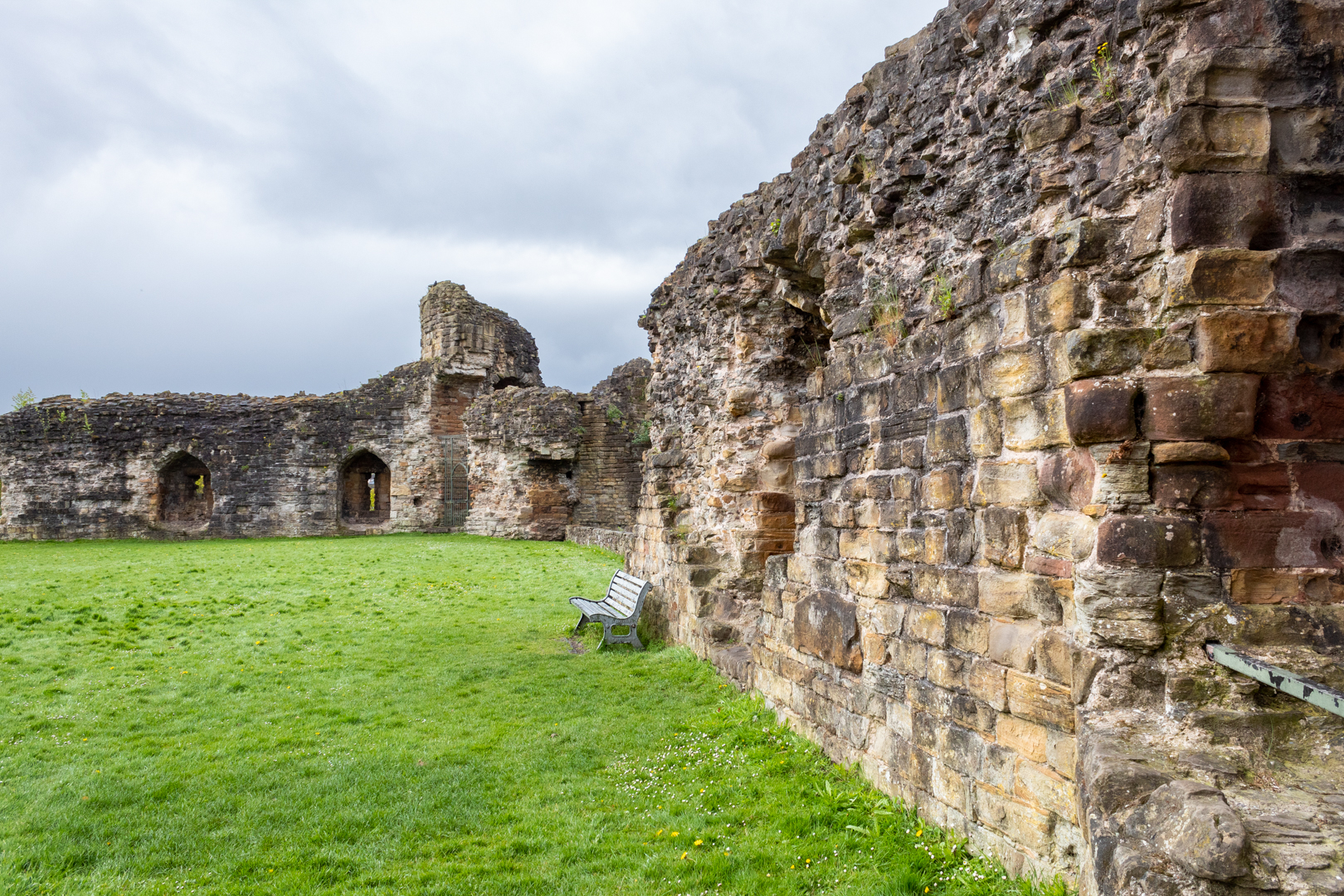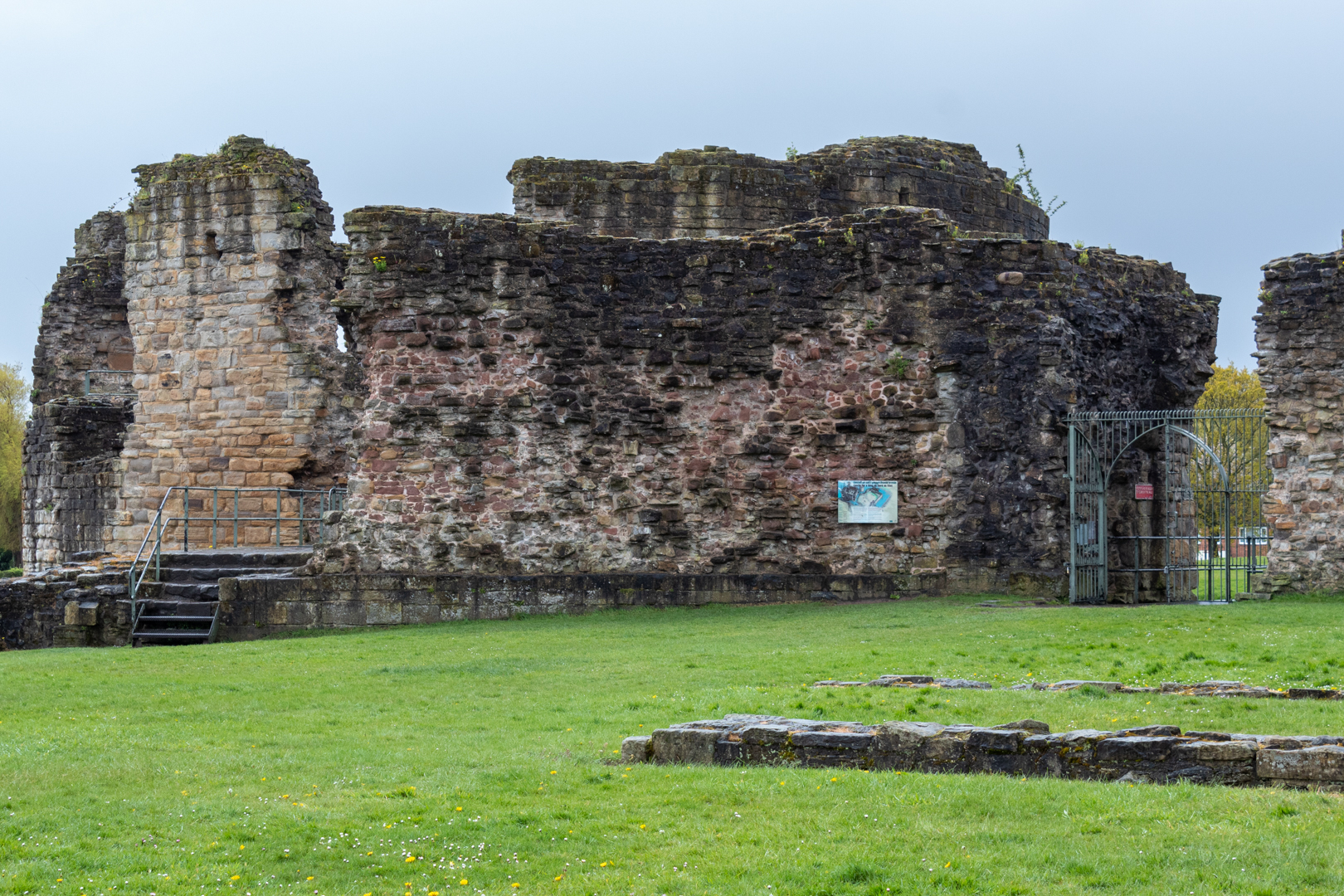The Church of the Holy Cross (Welsh: Eglwys y Grog)
in Mwnt, Ceredigion, Wales.
A parish church and a Grade I listed building,
likely dating from the 13th century.
Visit Date March 2025
 |
| The Church of the Holy Cross, Mwnt. |
The Church of the Holy Cross is an example of a medieval sailors' chapel of ease, allowing sailors to attend church without traveling all the way to the village of Mwnt.
 |
| Click on any image to see a larger version |
The site is said to have been used since the Age of the Saints (about 410-700 AD).
 |
| The coast at Mwnt |
The dedication to the Holy Cross likely references a stone cross that once stood atop Foel y Mwnt, the conical hill directly behind the church.
The cross would also have been visible for many miles out to sea, attracting pilgrims who drew their boats up on the sandy beach at the base of the cliffs.
 |
| A pilgrims way wall hanging |
Mwnt gained a reputation among early Christians as a stopover for the bodies of saints being transported to Bardsey Island for burial. Its location also made it a convenient resting place for pilgrims traveling to St. David's, further down the coast.
 |
| North wall showing blocked lancet |
On the north wall, there is a small blocked lancet window that may have permitted lepers—who were not allowed inside churches—to view the high altar during services.
 |
| The Church of the Holy Cross, Mwnt. |
On the north wall, remnants of a medieval rood stair can be found, and timbers from the 15th-century rood loft, embellished with rose carvings, are set into the wall.
 |
| The font |
It has an example of a 12th- or 13th-century font made of Preseli stone.
 |
| The coast at Mwnt |
In 1155, a group of Flemish soldiers landed at Mwnt but were repelled by the local Welsh after fierce fighting. A nearby stream still bears the name Nant y Fflymon, meaning the Flemings' Brook.
 |
| The Church of the Holy Cross, Mwnt. |
Over the centuries, many human bones have been unearthed. It is believed that the bodies from the battle were buried in the farmer’s field.
 |
| The Church of the Holy Cross, Mwnt. |
The victory achieved by the local Welsh inhabitants in the area was commemorated, at least in the 18th century when the events were recorded, through secular games held on the first Sunday in January. These games were referred to as “Coch y Mwnt,” which translates to "the Bloody Sunday of Mount."
 |
| The Church of the Holy Cross, Mwnt. |
The nearby farm features a well named Ffynnon Grog, known as the well of the cross, along with Nant y Flymon, which translates to Fleming’s brook.
Mwnt was a civil parish for several centuries. However, before the 17th century, it served as a detached chapelry of the parish of Llangoedmor. Since 1934, Mwnt has been part of the parish of Y Ferwig, which consists of a parish church and a few houses. This community includes the villages of Penparc, Felinwynt, Tremain, Mwnt, and Gwbert, as well as Cardigan Island and the National Trust area of Mwnt.
Footer:Visit Information: -
Google Reference: -
52.13694896383402, -4.638645221098706
What Three Words reference: -
///echo.dwarf.mission
OS Details: -
OS Grid Ref: SN 19504 52017
Additional information.
Visiting is easy and there is a car park close to the site (52.135662647388045, -4.638483304444649) This is run by the national trust and is free for members but charges do apply for non-members.
Google Reference: -
52.13694896383402, -4.638645221098706
What Three Words reference: -
///echo.dwarf.mission
OS Details: -
OS Grid Ref: SN 19504 52017
Additional information.
Visiting is easy and there is a car park close to the site (52.135662647388045, -4.638483304444649) This is run by the national trust and is free for members but charges do apply for non-members.
There were no facilities when I visited in March however there is a cafe (Caban Mwnt) a short walk from the car park (52.1347209027339, -4.639436590459322).
The roads to the site are well maintained single track country roads with passing points.
I believe this site can become very busy in the summer with visitors to the beach and surrounding areas.
.
A full list of blogs can be found at my website






